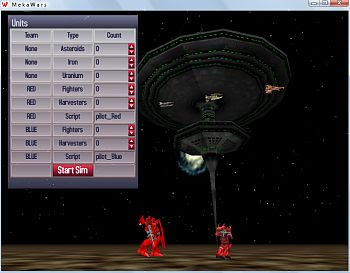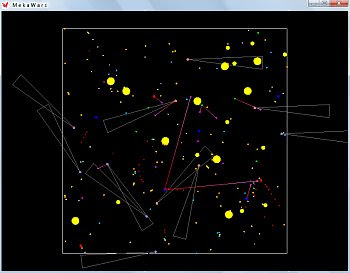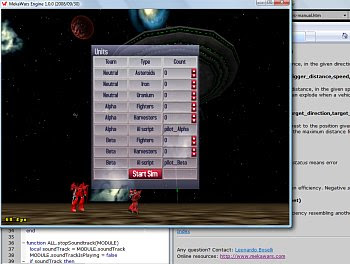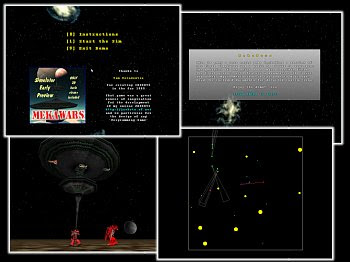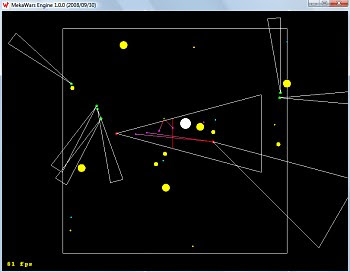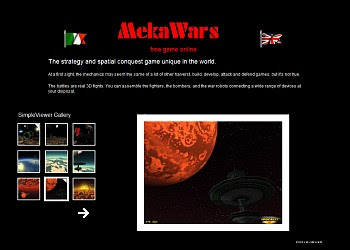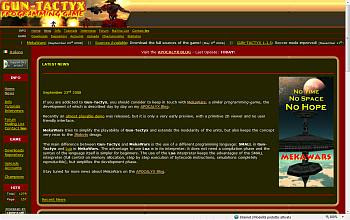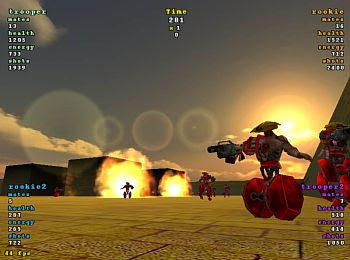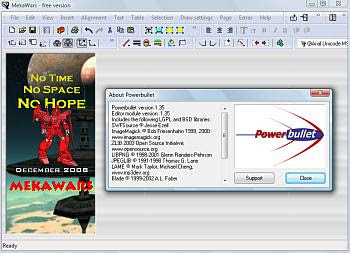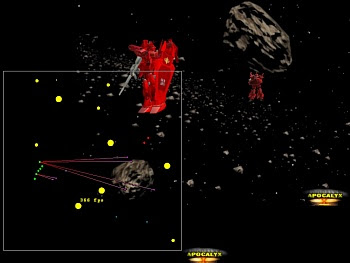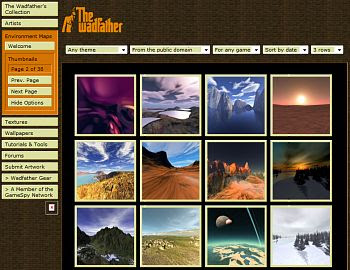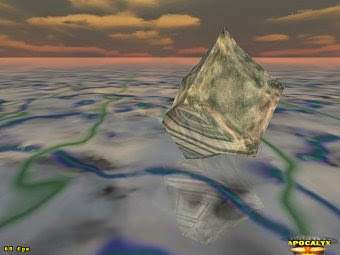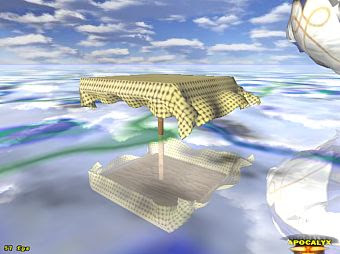As a final example of projects that are going to benefit from the MekaWars development, let's consider the very-long waited Soccer Tactyx (ST). If you have been reading this blog since the beginning, you remember that ST was planned on occasion of the European Football Championship. Now I think that a more realistic release will be on occasion of the... Football World Cup!

Delays apart, also very common in professional games, you must consider that all the code behind
MekaWars is also very useful to ST as well. In fact, if you look at the 2D viewer of the recent
MekaWars preview (
MekaWars.zip), you can easily imagine to substitute the space-fighters with soccer players and the resources with a ball. After this imaginative effort, you can immediately recognize the soccer mode of
Gun-Tactyx when seen in 2D mode. The view is more suggestive and realistic in 3D mode, of course, but the viewer is independent from the simulator, once the rules of physics and the soccer players' behaviors are set.
In conclusion, in
Soccer Tactyx the units are not fighters and harvesters, but soccer players. The enviromnent is not outer space, but a soccer field. The players will program the AI of their team, and watch them play against teams the AI of which was written by other players.
It's a long way to
Soccer Tactyx yet, but the programming behind
MekaWars will be useful even in this very different field.





































